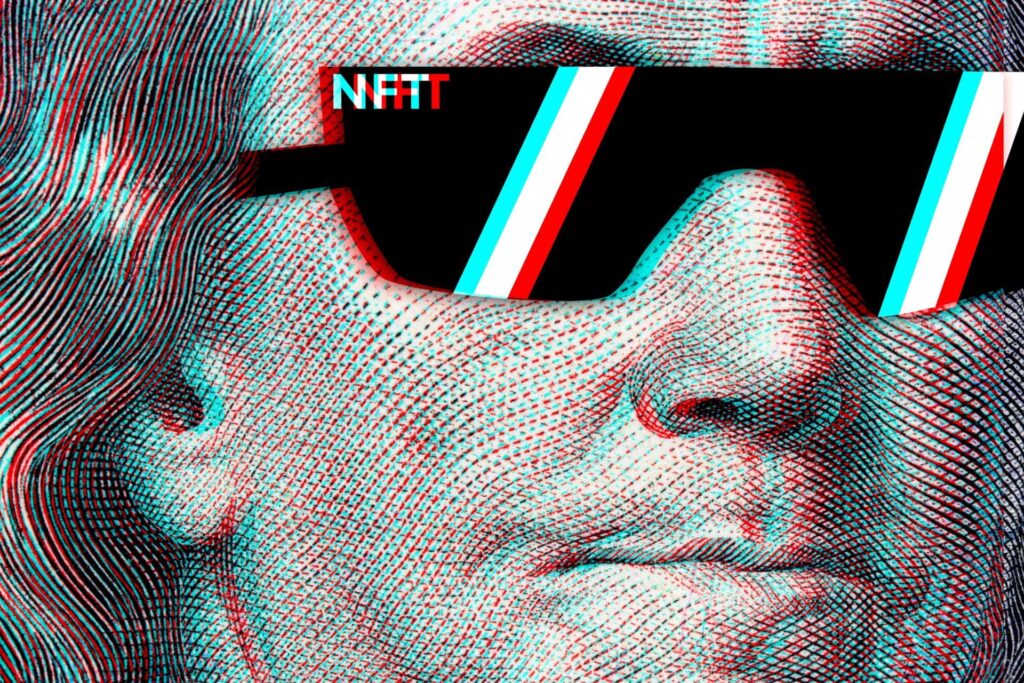Started as a tool for provenance and authenticity evolved to a new approaches to collect, and even create, new art forms. The impact of blockchain technology within the art industry can’t be denied anymore. It is clear that this trend, which is still al little vague at the moment, will gain popularity the coming years. How is blockchain applied within the art industry? And what does this technology bring to the art industry?
Non fungible tokens (NFT’s)
The evolution of non-fungible tokens (NFT’s) allows artists to register their artworks through blockchain technology and translate these artworks into securable sellable assets. The digital art piece receives an unique serial number which entitles the original piece a form of provenance. As the popularity of an art piece increases, the more people are willing to pay for some rights to the original digital art piece. In contrast to physical art pieces, NFT art can be shared and used everywhere.
To demonstrate the growing popularity of NFT art; traditional and well-known auctioned Christie’s has opened has opened its first auction only focused on digital artworks by one single artist. This new-born platform is called Beeple.
Blockchain as fraud preventer
One of the biggest challenges of art markets is to verify the authenticity of the art works where the artist is not alive anymore. A report, published by the Fine Arts Expert Institute (FAEI) in 2014, stated that more than 50% of the artworks they investigated were falsified or not addressed to the right owner. The use of blockchain could change this. Blockchain is believed to be one of the most secure manners to transfer digital data at the moment. This reason lies in the fact that there is no centralized version of the information accessible and hackable for someone with bad intentions. Blockchain is able to track and verify authenticity via timestamps on transactions.


